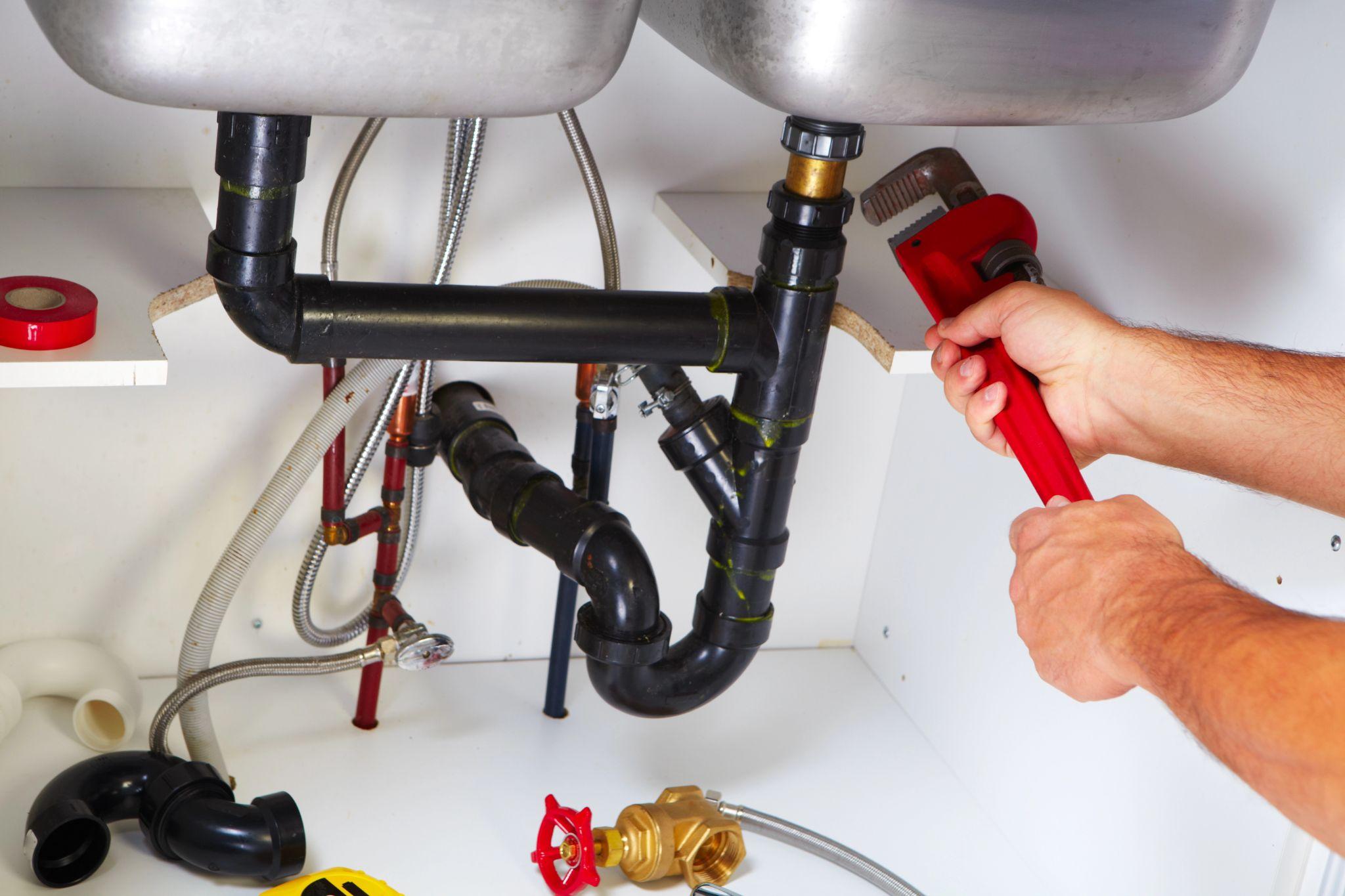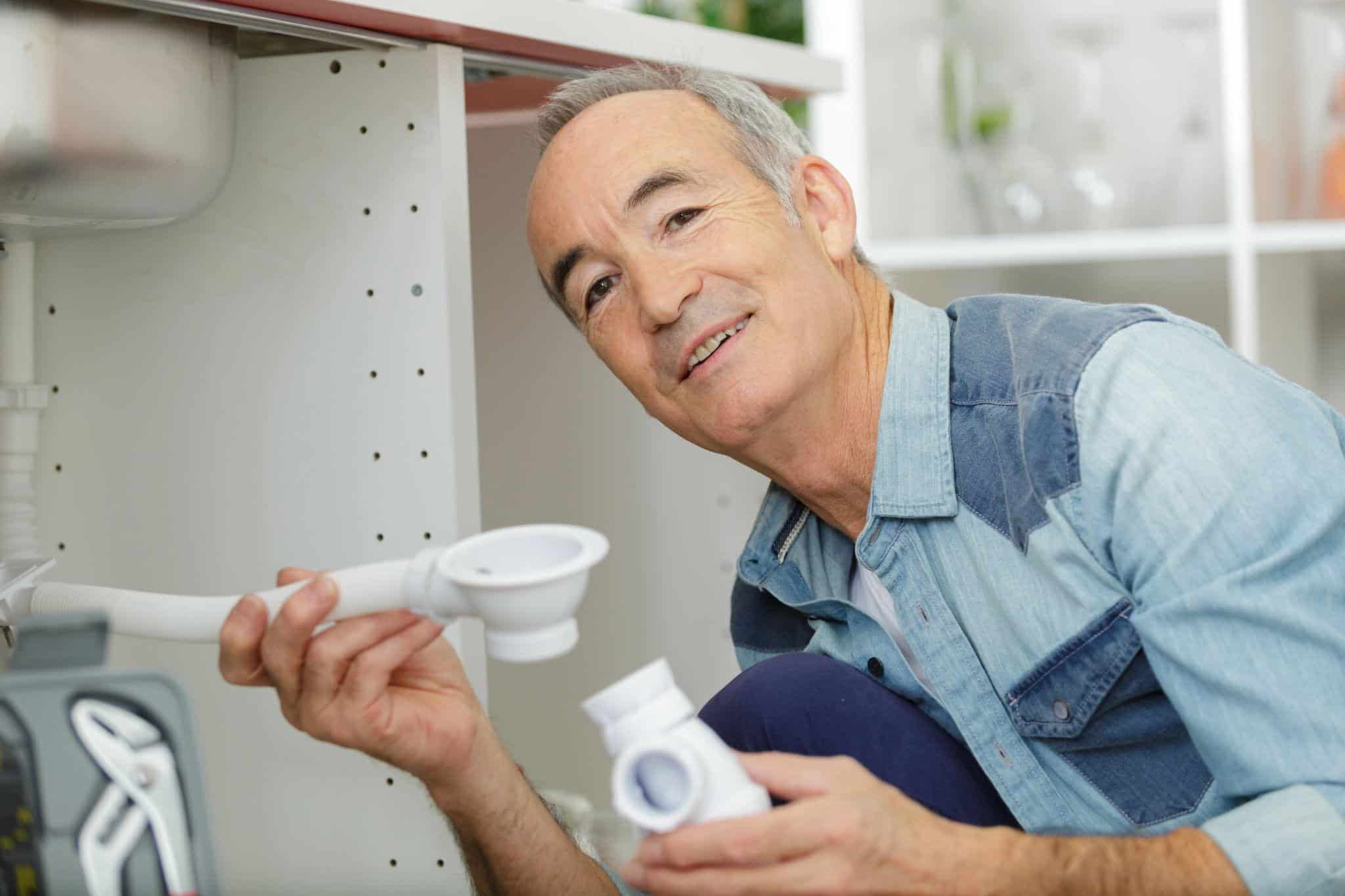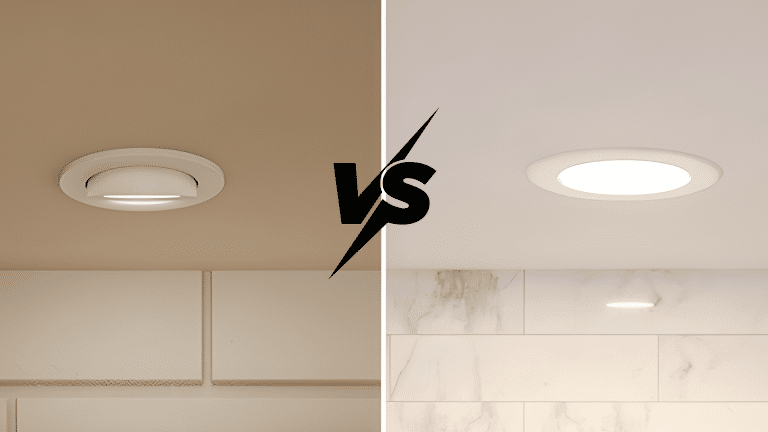Top Tools Every DIY Plumber Should Own for Efficient Home Repairs
In recent years, many homeowners have embraced the concept of do-it-yourself (DIY) plumbing. It’s not hard to see why. Tackling plumbing jobs on your own can lead to significant savings and a sense of accomplishment. However, success largely hinges on using the appropriate tools. With the right gear, DIY plumbers can efficiently navigate repairs and installations, ensuring that tasks are completed safely and effectively.
Using the right tools is paramount when it comes to plumbing tasks. Incorrect or inadequate tools can lead to improper installations, potential damage to plumbing systems, or even personal injury. This article aims to highlight the essential tools that every DIY plumber should own. Equipped with these tools, one can save time, avoid costly plumbing mistakes, and reduce the risk of damage to your home’s plumbing infrastructure. Let’s dive in and see what tools make it possible!
Essential Hand Tools for Every DIY Plumber
A cornerstone of any plumber’s toolkit, adjustable wrenches have the versatility that’s perfect for a range of plumbing tasks. These wrenches can easily adjust to fit different sizes of nuts and bolts, making them indispensable. They’re particularly handy when dealing with various plumbing fittings, providing a firm grip without damaging the fixture.
Equally important are pipe wrenches, which are designed specifically for working with metal pipes and fittings. Their ability to grip round objects makes them essential when you’re dealing with pipes. They’ll help tighten or loosen threaded pipes and fittings efficiently, ensuring that the job is done securely.
In the pantheon of plumbing wrenches, basin and faucet wrenches hold their own. They specialise in reaching nuts located in tight spaces, usually under sinks and around faucets. Thanks to their long, narrow design, they’re perfect for tasks where accessibility is an issue and where precision is key.
Lastly, pliers, particularly tongue-and-groove pliers, offer great utility in plumbing repairs. These pliers provide a firm grip and are adjustable to fit a range of pipe sizes. They’re fantastic for gripping, holding, and twisting, proving invaluable when you’re pulling on pipes or tightening fixtures.
Must-Have Cutting Tools for Plumbing Repairs
When it comes to cutting pipes, having the right tools is crucial for ensuring clean cuts and precise fittings. Pipe cutters are essential here, as they provide clean cuts in materials such as copper, steel, and plastic. These cutters are compact, reducing physical strain and allowing you to access pipes in confined spaces.
Hacksaws, on the other hand, offer versatility for cutting through metal pipes and other solid materials. While they require a bit more elbow grease, they provide straight cuts and are indispensable for any DIY plumber. However, when it comes to more delicate tube cutting, tube cutters are a fantastic alternative, offering a more refined and safer approach to slicing through copper pipes.
For plumbing materials like PVC, plastic pipe cutters are a must. These specialised tools offer precision without cracking or damaging plastic materials. They ensure that the resultant edges are smooth, which is essential for proper fitting and leak prevention.
Remember, using the right cutting tool not only ensures the precision of your cuts but also reduces material wastage. It prevents the hassle of mismatched fittings or leaks, saving money and time in the long run.

Inspection and Safety Tools for Plumbing Projects
Before you tackle any plumbing job, evaluating what you’re up against is wise. This is where pipe inspection cameras become a valuable asset. These devices allow you to see the inside of pipes, identifying blockages or structural issues without dismantling the entire system. They save time, resources and allow more targeted repairs.
When working in cramped or poorly lit areas, a good flashlight or headlamp is vital. Having adequate illumination can make a world of difference, preventing mistakes that often occur due to a lack of visibility in plumbing projects.
Safety gloves play an essential role in protecting your hands from chemicals, sharp objects, or abrasive materials encountered during plumbing repairs. They’re a small investment for the level of protection they offer, keeping hands safe and unharmed even while you dive deep into troublesome plumbing systems.
Safety glasses or goggles are equally crucial, ensuring that your eyes are shielded from harmful water sprays, debris, or chemical splashes during repairs. They are an inexpensive yet effective way to safeguard your vision while performing DIY tasks.
Advanced Plumbing Tools for Complex Repairs
As DIY projects become more sophisticated, so does the need for more advanced tools. Take pipe thawing machines, for example. These are particularly useful when dealing with frozen pipes. They apply gentle heat directly to the pipe, safely and efficiently thawing the ice blockages within.
Investing in a pipe-bending tool is worthwhile when it comes to custom pipe installations. These tools allow for precise bends in copper and other metallic pipes, facilitating smoother installation and customised fits that reduce the risk of leaks.
Tubing expanders are perfect for projects that involve modifying copper pipes. They allow pipes to be stretched and reshaped without compromising the material’s integrity, ensuring that fittings remain secure and leak-free.
In the battle against stubborn clogs, a drain auger or snake is a game-changer. These tools are designed to navigate through pipes and dismantle clogs without necessitating the removal of pipes. They can handle what traditional plungers can’t, making them a must-have for every serious DIY plumber.
Maintenance Tools to Keep Your Plumbing in Check
For everyday issues like blocked sinks and toilets, a reliable plunger is your best friend. Plungers can efficiently clear minor clogs, maintaining flow and saving the need for more drastic measures.
Leak detection tools can be used to identify leaks before they escalate into more significant problems. These tools help homeowners detect slow leaks within plumbing systems, avoiding damage to floors, walls, and foundations.
Pressure gauges are critical for monitoring your home’s water pressure. They ensure that the water pressure remains within optimal parameters, preventing potential damage to appliances and plumbing components from excessively high or low pressure.
Finally, pipe thread sealants help prevent leaks in threaded piping systems. Applying sealant ensures a watertight fit, which is essential in preventing leaks from forming in the first place, whether they’re joining plastic or metal pipes.
Wrapping It Up: Build Your DIY Plumbing Toolkit
Equipping yourself with the right tools for DIY plumbing is a smart move for any homeowner. From essential hand tools to advanced plumbing gear, having the right equipment at hand leads to more efficient and successful repairs. A well-stocked toolkit not only saves time but also contributes to the longevity and reliability of plumbing systems.
Investing in quality tools pays off in the long run. Unreliable tools can not only frustrate but also lead to unsuccessful repairs that might require professional intervention. By building a comprehensive plumbing toolkit, you can take charge of a wide range of home repair projects confidently.
Feel inspired to start gathering your plumbing toolkit today? And if you’re in Canberra and ready to start collecting, you don’t have to look far. Consider finding where you can buy plumbing tools in Woden Valley, ensuring your kit is well-rounded and ready for any challenge your home might present. Take the plunge! Investing in these tools today sets the stage for not only immediate DIY victories but a future where every plumbing challenge is met with confidence and expertise.







